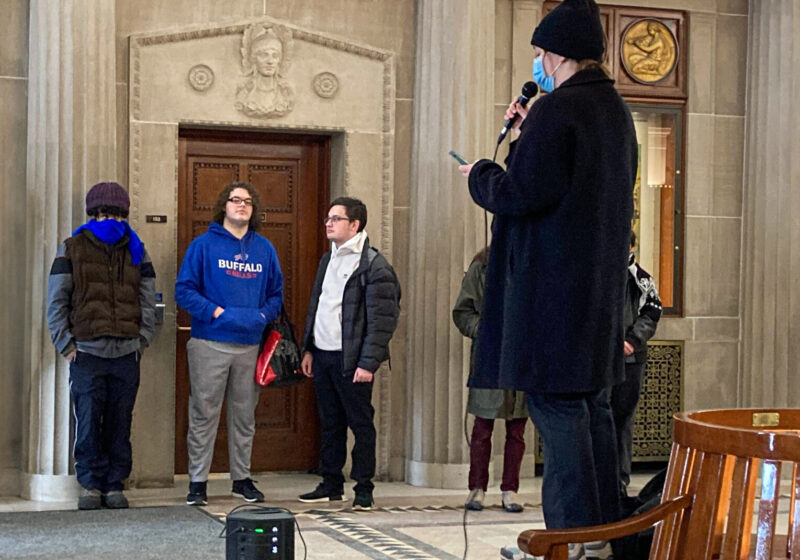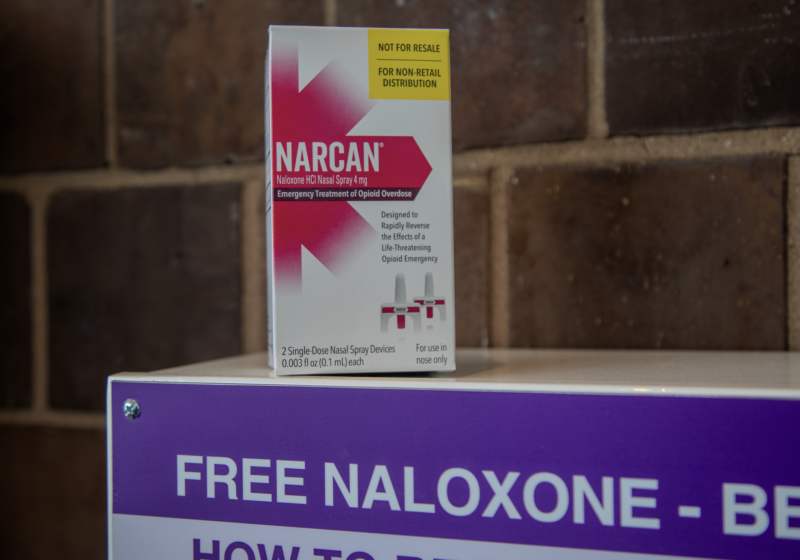Before one romanticizes about Tibet and its indigenous Buddhist culture typified by the Lamas, some historical inquiry might be appropriate. Prior to the Chinese occupation of the area in the 1950s, the political structure of Tibet was nothing short of a complete feudal theocracy; serfs worked the land, of which most were owned by wealthy monasteries and landlords, taxes were exacted from the serf class unlike the tithe system of Medieval Europe and debts were passed down and accumulated over generations. Young boys and girls were often forced into the monastic life or other forms of servitude. The laws of karma were observed in the form of subservience to the social class, however harsh it may be, into which one was born.
All of these remnants of the archaic world will likely make the Western reader, especially one who has bought into the idealized version of a land free from moral corruption and material yearnings, cringe with realization.
Regarding the recent Tibetan uprising, the suppression of press in the area has made it difficult for us to assess the developments of the region, so claims of the People’s Republic of China stamping down on civilians (it was the civilian activists, by the way, who initiated attacks against the Han and Hui populations) and supposed “nationalistic murder” come across as unfounded and sensationalistic. I will be the first to protest against trading in authentic culture for economic development, and I support the right to ethnonationalism and autonomy of all national groups. However, if one is to talk about basic human rights like education, health care and freedom, should one also support regression of Tibet back to its feudal days? I think few Tibetans, except the Lamas in exile, would want that.
-Ron WangClass of 2009



